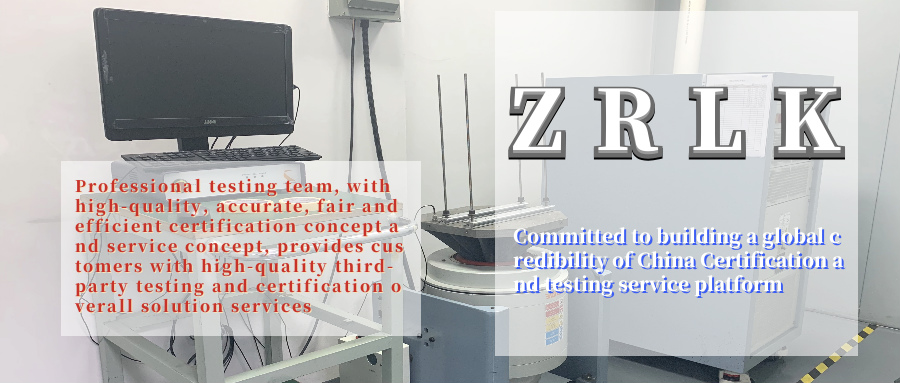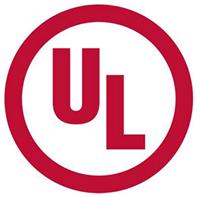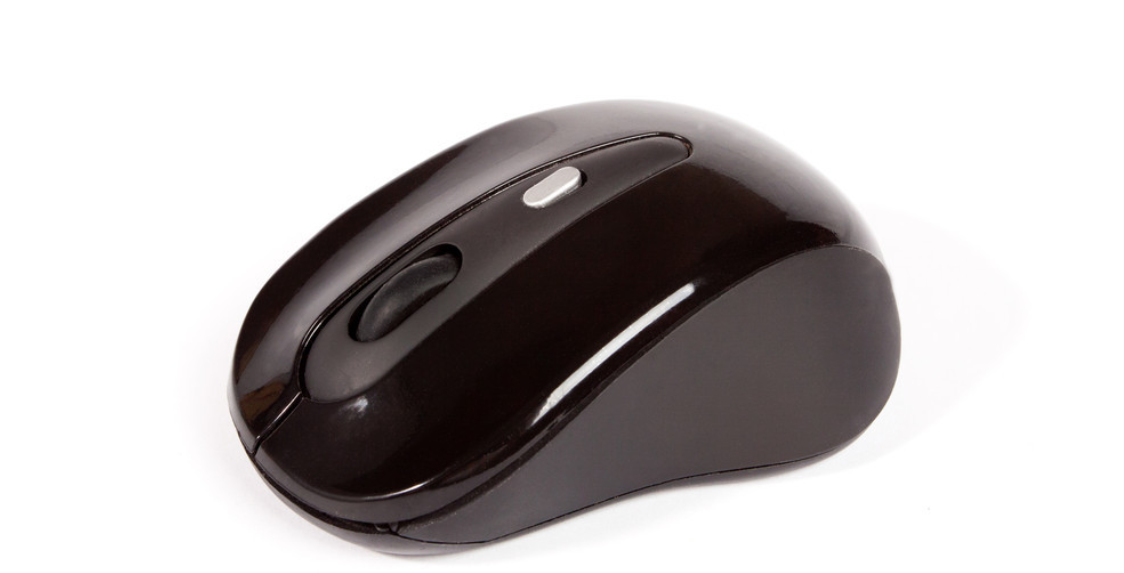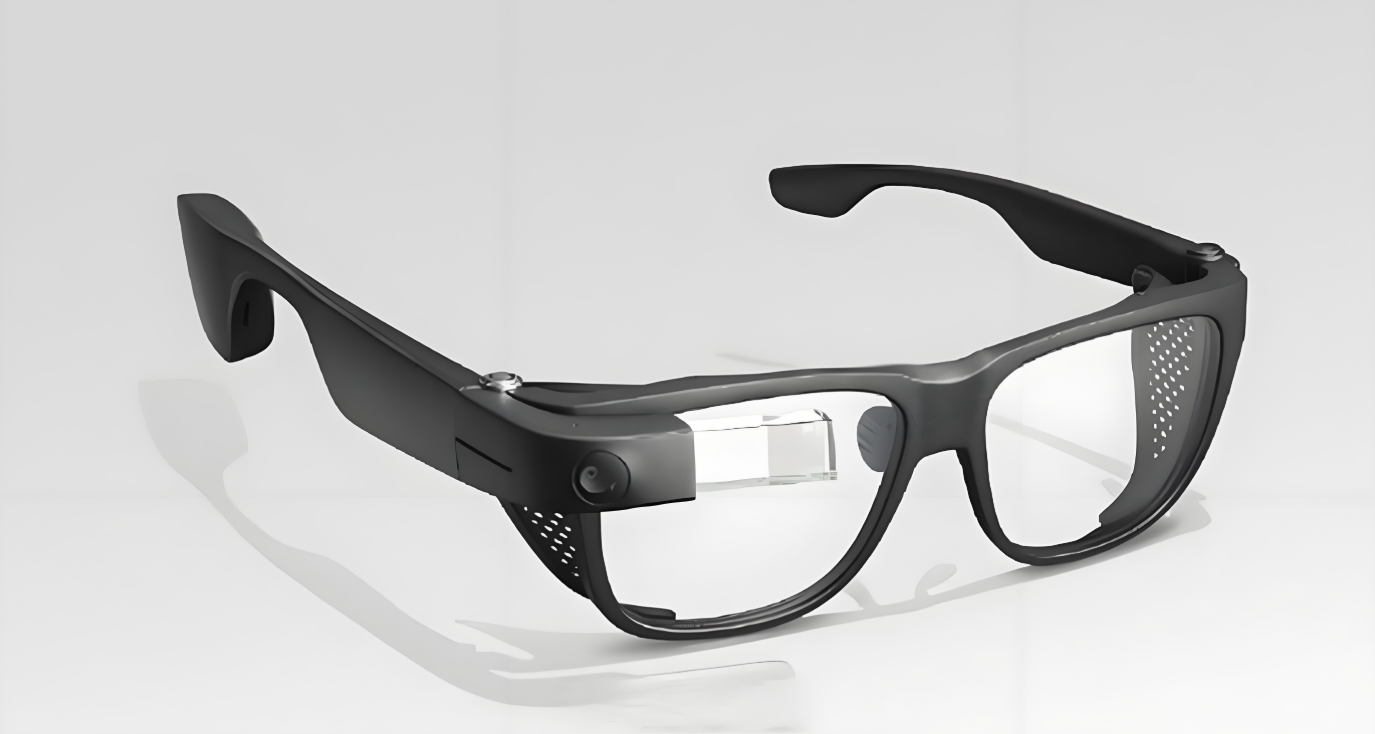
Certification introduction
UL is short for Underwriter Laboratories Inc. The UL Safety Testing Institute is the most authoritative in the United States and a large private institution engaged in safety testing and identification in the world. It is an independent, non-profit, professional institution that conducts tests for public safety. Unlike FCC certification, UL certification is a safety certification. UL is mainly engaged in product safety certification and business safety certification business. Its ultimate purpose is to obtain products with a relatively safe level for the market, and to contribute to the protection of human health and property safety. . In the United States, for consumers, UL is a symbol of safety signs. Globally, UL is one of the most trusted qualification assessment providers for manufacturers.

Certification category
The types of UL product certification and testing services can be divided into listing, approval and classification.
1. LISTED:
Generally speaking, listing is only applicable to complete products and various devices and devices that are qualified for replacement or installation on site. Various products that belong to UL listing services include: household appliances, medical equipment, computers, commercial equipment And all kinds of electrical products that play a role in buildings, such as power distribution systems, fuses, wires, switches, and other electrical components. UL listed products can usually be marked with the UL listing mark on each product. The usage of column name sign.
2. Recognized (Recognized):
Recognition service is an item in UL service, and its certified products can only be used as components and raw materials on UL listing, classification or other approved products. Approved products are not complete in structure, or have certain restrictions in use to ensure the expected safety performance. In most cases, the tracking service for approved products belongs to the R category. Approved products belonging to the L category include electronic wires (AVLV2), processed wires (ZKLU2), wire harnesses (ZPFW2), aluminum wires (DVVR2), and metal flexible tubes (DXUZ2). Approved products require approval marks.
3. Classification:
The grading service only evaluates specific hazards of products, or evaluates products that implement standards other than UL standards (including internationally recognized standards, such as IEC and ISO standards, etc.). Generally speaking, most graded products are not products used by consumers, but products used industrially or commercially. The classification mark in the UL mark indicates that the product has certain restrictions and prescribed ranges when it is certified by UL. For example, for chemicals such as solvents used in industry, only the range of fires that may occur when the ignition temperature is reached is evaluated. The grading service of some products is the same as the listing service, but generally only evaluates one or several aspects of the product. For example, in the United States, medical X-ray diagnostic equipment and other equipment must comply with U.S. laws and related radiation emission and beam The flow accuracy is specified, but because UL only uses X-rays as a graded product, it only evaluates its mechanical properties, electrical properties and other non-radiative properties.
Applicable product range
Electrical, mechanical, or electromechanical products
Any electronic, electrical, mechanical or electromechanical product as long as it bears the UL mark indicates that this product has reached the minimum requirements of the generally recognized product safety standards of the United States and Canada. It is tested to meet the relevant product safety standards and also represents the production plant. Agree to receive strict periodic inspections to ensure the consistency of product quality, and can be sold to the United States and Canada markets.
application process
1. The applicant submits relevant company and product information
Written application: You should request UL to test your company ’s products in writing.
Company information: Provide the detailed and accurate name, address, contact person, zip code, telephone and fax of the following units in Chinese and English. (1) Applicant company: the company that applies for product testing and is responsible for all engineering service costs
(2) Listed companies: companies whose names are listed in various product catalogs published by UL
(3) Production plant: the manufacturer and producer of the product.
Product information: Product information should be provided in English. First determine whether your product falls within the scope of UL testing.
(1) Product name: Provide the full name of the product.
(2) Product model: List all product models, varieties or classification numbers that need to be tested.
(3) The intended use of the product: for example: home, office, factory, coal mine, ship, etc.
(4) Parts list: detail the components and models (classification number), ratings, and manufacturer's name that make up the product. For insulating materials, please provide the name of the raw material, for example: GE Polycarbonate, Lexan Type 104. When a part has been certified or recognized by UL, please prove the specific model of the part and indicate its UL file number.
(5) Electrical performance: For electronic appliances. Provide electrical schematic diagram (circuit diagram), electrical performance table.
(6) Structural drawing: For most products, the structural drawing or exploded drawing of the product, ingredient list, etc. should be provided.
(7) Product photos, instructions for use, safety, etc. or installation instructions.
2. The person makes a decision based on the product information provided
When the product information is complete, UL engineers make the following decisions based on the data: the UL standard on which the experiment is based, the engineering cost of the test, the time of the test, the number of samples, etc., notify you in writing, and will provide a formal application form and tracking service The agreement is sent to your company. The fee limit is stated in the application form, which is the maximum engineering cost estimated by UL based on the test project. Without the written authorization of your company, this fee limit cannot be exceeded.
3. Apply for company remittance, return application form and sample
Applicants for the UL certification sign the application form and the tracking service agreement, and send the form back to the UL company. At the same time, send the sample through the bank remittance, at the post office or by express mail, please make the appropriate samples for inspection Description (eg name, model). Please send the application form and samples separately. For each applied project, UL will assign a unique project number (Project No.) to indicate the project number and the name of the applicant company when sending money, sending samples and application forms, so as to facilitate UL inspection.
4. Product testing
After receiving the application form, remittance, and experimental samples signed by your company, UL will notify you when the experimental plan is completed. Product testing is generally conducted in UL laboratories in the United States. UL can also accept audited third-party test data. Experimental samples will be returned or destroyed according to your requirements. If the product test results meet the requirements of the UL standard, the UL company will issue a test report and follow-up service details (FollowUp Service Proccdure). The test report will detail the test situation, the indicators reached by the sample, the product structure, and the safety signs suitable for the product. The detailed description of the tracking service includes a description of the product and instructions for UL area inspectors. A copy of the test report is sent to the applicant company, and a copy of the tracking service details is sent to each production plant.
5. The applicant is authorized to use the UL mark
The UL regional inspector in China contacts the production plant for the first factory inspection (Initial Production Inspection.IPI), and the inspector checks the status of your products and their components on the production line and warehouse inventory to confirm whether the product structure and parts are The tracking service details are consistent. If required by the details, the regional inspectors will also conduct eyewitness experiments. When the inspection results meet the requirements, the applicant is authorized to use the UL mark.
UL necessity
Products sold in the US market require compulsory UL certification. Whether it is a product in the United States or a product exported to other countries, UL certification testing is required. We can see many electronic products in the market. All products have UL certification marks. This is a test of the product ’s conduction and radiation. It has important significance in the US market. UL certification is an important passport and pass in the US market. Only with this mark can products enter smoothly To the US market.
UL factory inspection
Certified factory inspection UL regional inspectors in China contact the production factory for the first factory inspection (Initial Production Inspection, referred to as IPI), the inspector checks the status of your products and their components on the production line and warehouse warehouse to confirm the product structure Whether the parts are consistent with the tracking service rules. If required by the rules, the regional inspector will conduct eyewitness experiments. When the inspection result meets the requirements, the applicant is authorized to use the UL mark.
After the IPI, the inspectors will go to the factory from time to time to check the product structure and conduct eyewitness experiments. The frequency of inspection is determined by the product type and production volume. Most types of products are inspected at least four times a year (the cost of tracking services is not included in the cost of testing). The inspector's inspection is to ensure that the product continues to comply with UL requirements. Before you plan to change the product structure or components, please notify UL in advance. For minor changes, there is no need to repeat any experiments. UL can quickly modify the tracking service rules so that inspectors can accept such changes. When UL believes that product changes affect its safety performance, it needs to apply for the company to resubmit samples for necessary testing.
Certification review
Before the first batch of UL certified products are shipped, they must be authorized by UL's local provincial and provincial China Import and Export Commodity Inspection Bureau (CCIB) to send people to the factory for review. Follow-up inspection is also required every year.
UL, ETL and cTUVus certification comparison
Project | UL | cTUVus | ETL |
Use standard | UL2054; UL1642; UL61558; UL62368 (UL6095 and UL60065 combined standards), etc. | ||
Certification qualification accreditation body | US NRTL (Nationally Recognized Laboratory) and Canadian Standards Agency SCC | ||
Certification market | North America (United States and Canada) | ||
Certification and testing institutions | UL Meihua Lab tested and issued a letter of conclusion | ZRLK test TUV certification
| ZRLK test ITS certification
|
Application time reference | 5-12 weeks | 2-3 weeks | 2-3 weeks |
Application fee | More expensive than the three | Fee comparison | Fee comparison |
Advantage | Native American agency with the highest recognition | International certification body, authoritative and not expensive, also recognized by the US NRTL | Native American institution with high recognition |
Disadvantage | Because it is an old institution, testing, factory inspection and file fees are the highest, and the cycle is longer | North American market brand awareness is slightly lower than UL | In the North American market, the popularity is slightly lower than UL |


RCM certification is a certification system implemented by Australia and New Zealand to ensure that electrical products comply with local safety, electromagnetic compatibility, and other standards.
FCC ID certification is a mandatory requirement under US law. The Federal Communications Commission (FCC) in the United States strictly regulates issues such as electromagnetic compatibility and radio interference in electronic products. As an electronic communication device, routers are only allowed to be sold and used in the US market if they have obtained FCC ID certification, otherwise they will face legal penalties and market bans.

CE-RED certification is a mandatory requirement for market access in the European Union. According to relevant EU regulations, all wireless devices entering the market must be certified by RED (Wireless Device Directive) to ensure compliance with EU standards.
UL is short for Underwriter Laboratories Inc. The UL Safety Testing Institute is the most authoritative in the United States and a large private institution engaged in safety testing and identification in the world. It is an independent, non-profit, professional institution that conducts tests for public safety.
Get a quote